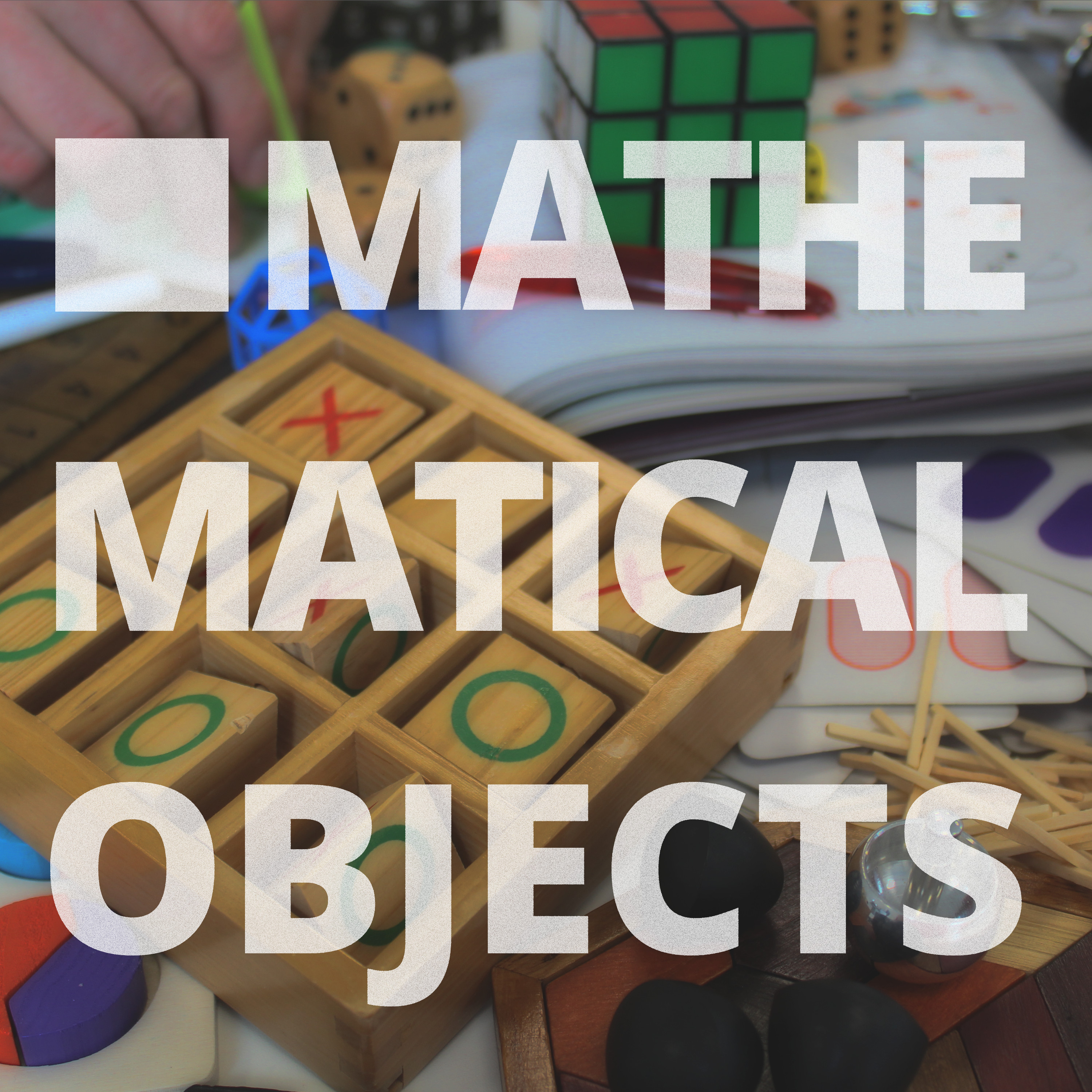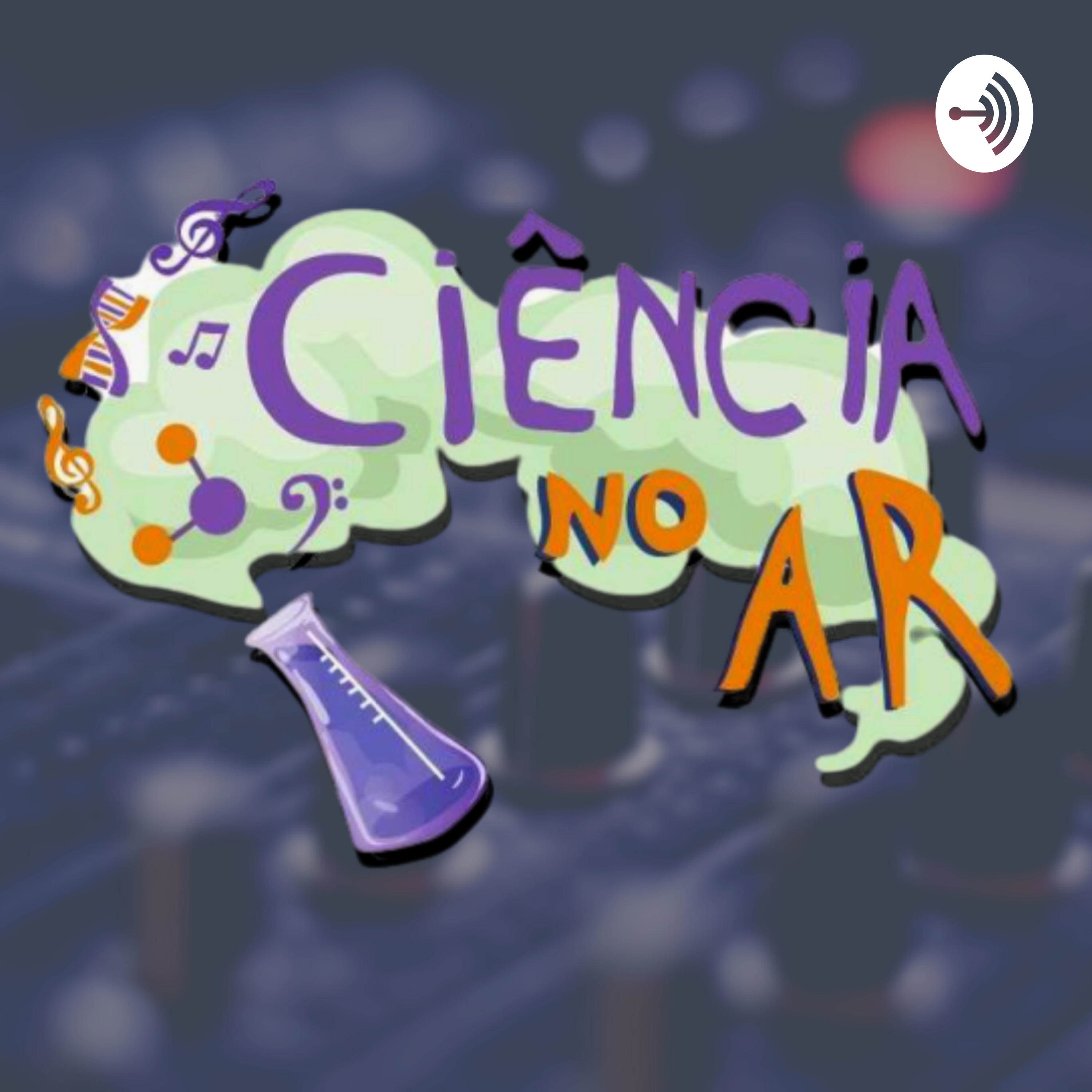 |
SpaceTime: Your Guide to Space & AstronomyThe Astronomy, Technology, and Space Science News Podcast. Author: Stuart Gary
Join host Stuart Gary for weekly explorations into Astronomy, Space, and Science News, featuring insights from 19 years on Australian Public Radio and industry experts.Become a supporter of this podcast: https://www.spreaker.com/podcast/spacetime-your-guide-to-space-astronomy--2458531/support. Language: en Genres: Astronomy, Natural Sciences, Science Contact email: Get it Feed URL: Get it iTunes ID: Get it |
Listen Now...
Martian Moves: Perseverance's Journey and Fashionable Microbes in Space
Episode 151
Tuesday, 23 December, 2025
In this episode of SpaceTime, we explore significant advancements in space exploration and innovative scientific projects.Perseverance Rover's New JourneyAfter nearly five years on Mars, NASA's Perseverance Rover is on the move again, heading to a new site on the rim of Jezero Crater named Lac du Charm. Having traversed over 40 kilometres and collected vital rock core samples, the rover is undergoing extensive evaluations to ensure its longevity, with engineers confident it can operate until at least 2031. We discuss the rover's advanced autonomous driving capabilities and its mission to uncover signs of past microbial life.Fashion Meets Science: Microbial FabricsA groundbreaking project is set to merge fashion and science by sending specially designed fabrics made from bacteria into space. These innovative materials will change colour in response to radiation exposure, potentially protecting astronauts from harmful levels of UV radiation and offering new applications for skin cancer prevention on Earth. Lead researcher Giles Ballet shares insights into how this technology could revolutionise both space exploration and everyday fashion.Expedition 73 Crew ReturnsThe Expedition 73 astronauts have safely returned to Earth after an eight-month mission aboard the International Space Station. Their journey has contributed to over 250 experiments, including advancements in bioprinting and remote robotic operations. We also discuss the implications of recent challenges faced by Russia's manned space program.www.spacetimewithstuartgary.com✍️ Episode ReferencesJournal of ScienceNASA ReportsNature CommunicationsBecome a supporter of this podcast: https://www.spreaker.com/podcast/spacetime-your-guide-to-space-astronomy--2458531/support.(00:00:00) This is Space Time Series 28, Episode 151 for broadcast on 24 December 2025(00:00:47) NASA's Perseverance Rover begins a new journey on Mars(00:12:30) Innovative microbial fabrics set to be tested in space(00:19:15) Expedition 73 crew returns safely to Earth after eight months in orbit(00:24:05) New study suggests humans have been using fire for 400,000 years(00:27:30) Technology tips for buying the right printer for your needs









